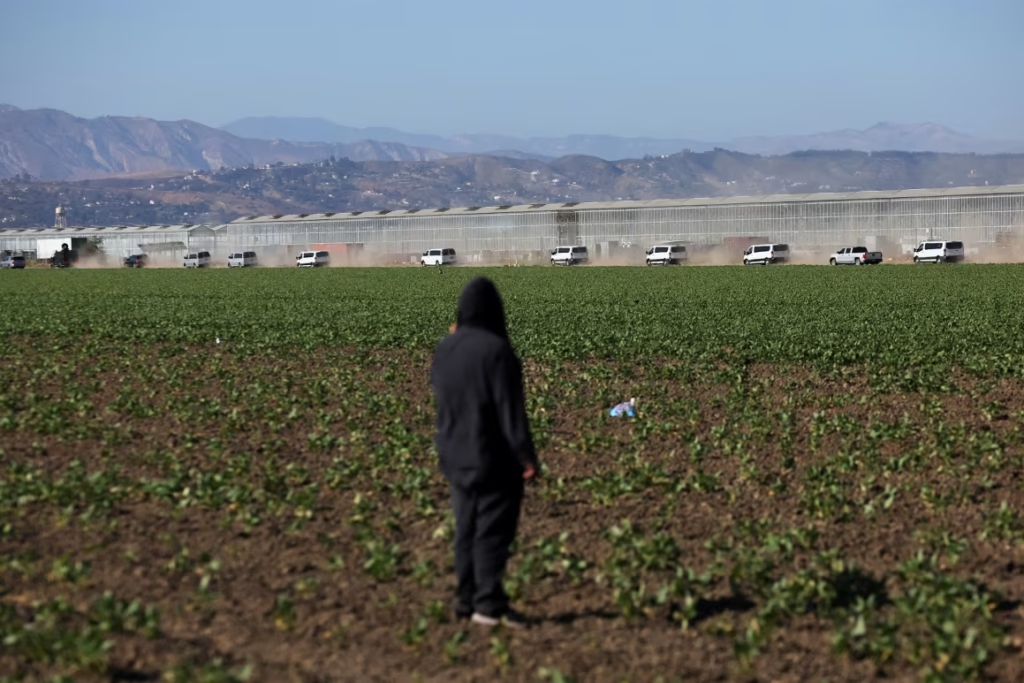The U.S. government is moving rapidly to integrate artificial intelligence into immigration enforcement, a shift that promises faster case processing but also sparks deep questions about transparency and civil liberties. New platforms such as ImmigrationOS are being designed to analyze massive datasets, coordinate enforcement actions, generate paperwork, and track individuals under investigation. Contractors like Palantir are playing a central role in building these tools.
Supporters say the benefits are clear. With immigration agencies often overwhelmed by backlogs and limited staff, AI tools can flag suspicious activity, detect document fraud, and prioritize high risk cases. Proponents argue that this technology frees up human agents to focus on critical decisions, while also reducing delays that have long plagued the system.
But critics warn of serious risks. One major concern is bias. If algorithms are trained on historical data that reflects systemic inequities, they may amplify those same problems in enforcement decisions. Transparency is another issue. Immigrants and their advocates ask how people can challenge outcomes if they do not know how an algorithm reached its conclusion.
Privacy is also a flashpoint. ImmigrationOS and similar systems rely on sensitive data such as financial records and surveillance information. Without strict oversight, questions remain about who has access, how long information is stored, and what safeguards exist against misuse. Legal experts caution that when algorithms influence detention or deportation decisions, human oversight must remain strong and appeals must be possible.
The expansion of AI in immigration enforcement highlights a broader debate about technology and justice. Can efficiency and fairness coexist in such a high stakes system? For immigrant communities, the implications are personal and profound. The tools designed to streamline enforcement could also deepen mistrust if not handled responsibly.
As AI becomes a permanent feature of immigration enforcement, accountability and transparency will determine whether these systems enhance justice or compromise it. The coming years will reveal if innovation can be balanced with the values of fairness, dignity, and human rights.


